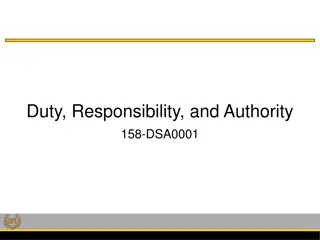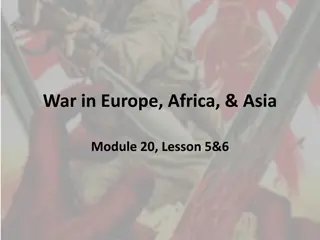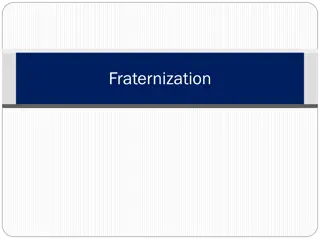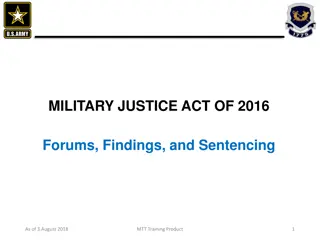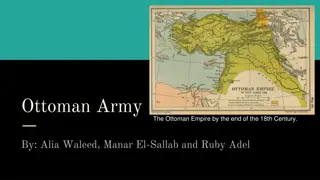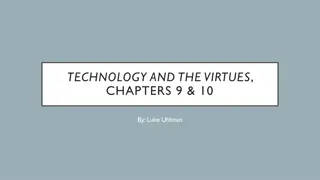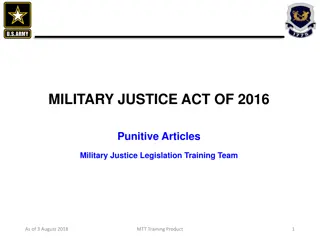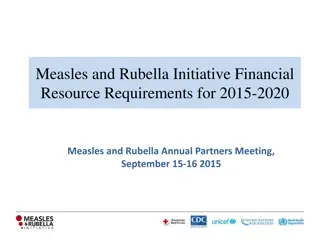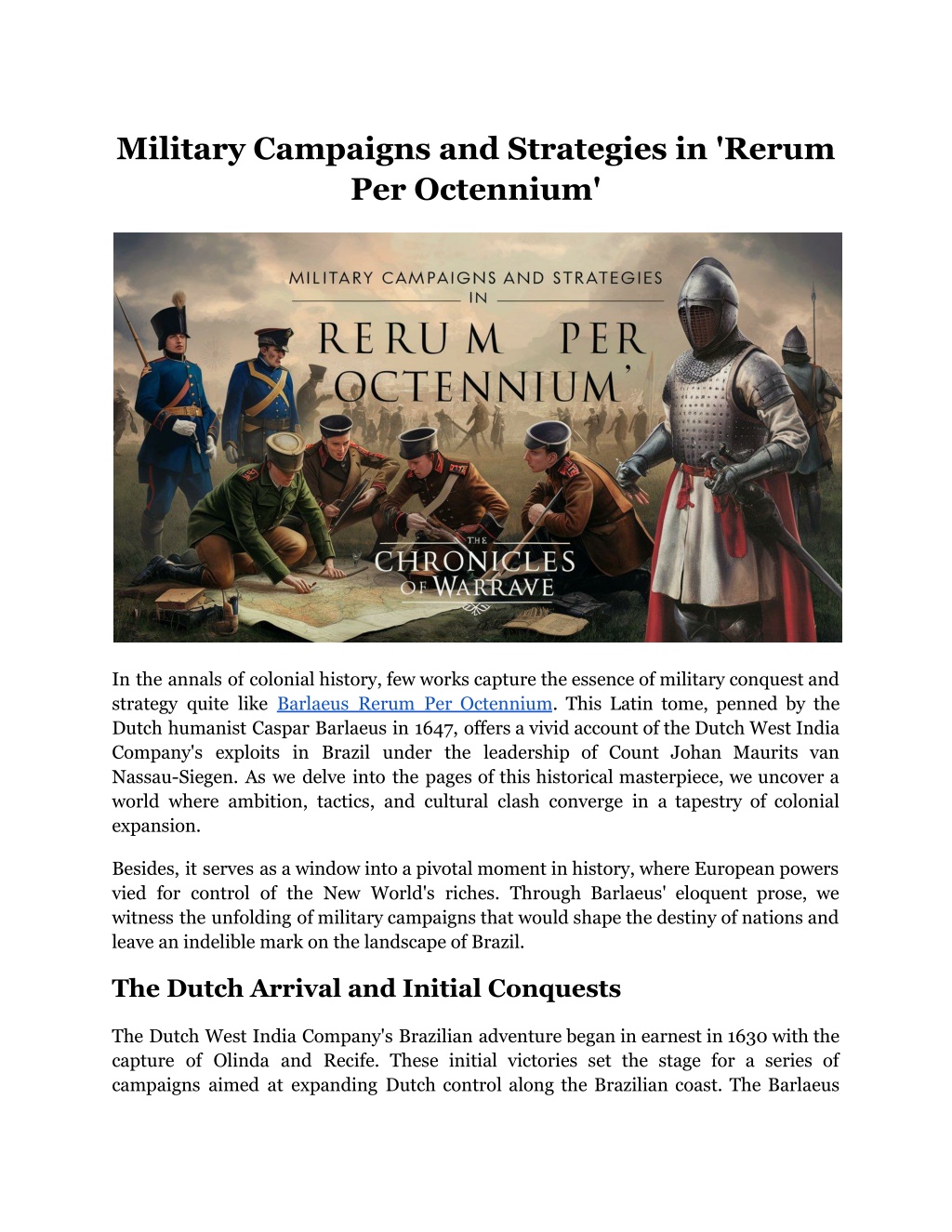
Military Campaigns and Strategies in 'Rerum Per Octennium'
Explore key military strategies and campaigns detailed in "Rerum Per Octennium." Insightful analysis and historical context.n
Download Presentation

Please find below an Image/Link to download the presentation.
The content on the website is provided AS IS for your information and personal use only. It may not be sold, licensed, or shared on other websites without obtaining consent from the author. Download presentation by click this link. If you encounter any issues during the download, it is possible that the publisher has removed the file from their server.
E N D
Presentation Transcript
Military Campaigns and Strategies in 'Rerum Per Octennium' In the annals of colonial history, few works capture the essence of military conquest and strategy quite like Barlaeus Rerum Per Octennium. This Latin tome, penned by the Dutch humanist Caspar Barlaeus in 1647, offers a vivid account of the Dutch West India Company's exploits in Brazil under the leadership of Count Johan Maurits van Nassau-Siegen. As we delve into the pages of this historical masterpiece, we uncover a world where ambition, tactics, and cultural clash converge in a tapestry of colonial expansion. Besides, it serves as a window into a pivotal moment in history, where European powers vied for control of the New World's riches. Through Barlaeus' eloquent prose, we witness the unfolding of military campaigns that would shape the destiny of nations and leave an indelible mark on the landscape of Brazil. The Dutch Arrival and Initial Conquests The Dutch West India Company's Brazilian adventure began in earnest in 1630 with the capture of Olinda and Recife. These initial victories set the stage for a series of campaigns aimed at expanding Dutch control along the Brazilian coast. The Barlaeus
Rerum Per Octennium provides detailed accounts of these early conquests, highlighting the following key elements: Strategic selection of targets based on economic and military value Utilization of naval superiority to control coastal areas Rapid deployment of troops to capitalize on initial successes Establishment of fortifications to secure conquered territories The Dutch strategy in these early stages focused on securing key port cities and sugar-producing regions, aiming to disrupt Portuguese control and establish a foothold for further expansion. Read More Article: Key Events Chronicled in 'Rerum Per Octennium Johan Maurits and the Consolidation of Power The arrival of Count Johan Maurits van Nassau-Siegen in 1637 marked a turning point in the Dutch campaign. Under his leadership, the military strategy evolved to include: Expansion of territorial control through diplomatic means and strategic alliances Improvement of existing fortifications and construction of new defensive structures Development of a more comprehensive understanding of the local terrain and populations Implementation of administrative reforms to stabilize conquered regions Maurits' approach, as detailed in Rerum Per Octennium, combined military acumen with diplomatic finesse, seeking to create a sustainable Dutch presence in Brazil. Key Military Campaigns Under Johan Maurits Year Campaign Outcome Strategic Significance 1637 Expedition to Cear Successful conquest Expanded northern control 1638 Siege of Bahia Unsuccessful Demonstrated limits power of Dutch 1640 Capture of Temporary success Extended influence
Maranho to northern Brazil 1641 Expedition to Chile Unsuccessful Attempted disrupt silver trade to Spanish Innovative Warfare Tactics The book provides insights into the innovative warfare tactics employed by the Dutch forces: Adaptation of European military techniques to the Brazilian environment Utilization of Indigenous allies for reconnaissance and guerrilla warfare Development of amphibious warfare capabilities to exploit coastal advantages Integration of African slaves into military units, offering freedom in exchange for service These tactics allowed the Dutch to maximize their relatively small force, effectively challenging the more numerous Portuguese and their allies. Defensive Strategies and Fortification A significant portion of the Dutch military strategy focused on defensive measures, as outlined in Barlaeus' work: Construction of a network of forts along the coast and major rivers Implementation of a system of rapid communication between defensive positions Development of mobile response units to counter Portuguese raids Creation of strategic depth through the establishment of interior garrisons These defensive measures were crucial in maintaining Dutch control over conquered territories and resisting Portuguese counterattacks. Naval Warfare and Maritime Control The Dutch West India Company's naval superiority played a critical role in their Brazilian campaigns. Barlaeus Rerum Per Octennium details the following aspects of Dutch naval strategy: Blockade of major Portuguese ports to disrupt supply lines and commerce Interception of Spanish silver fleets to finance the war effort Projection of power through coastal bombardments and amphibious landings
Maintenance of secure sea lanes for Dutch reinforcements and supplies The Dutch navy's ability to control the seas around Brazil was a key factor in sustaining their presence in the region. Challenges and Setbacks Despite their initial successes, the Dutch faced significant challenges in Brazil, as chronicled by Barlaeus: Difficulty in maintaining control over vast territories with limited manpower Resistance from Portuguese settlers and Indigenous populations Logistical challenges in supplying and reinforcing distant outposts Internal conflicts within the Dutch West India Company leadership These challenges ultimately contributed to the eventual Dutch withdrawal from Brazil, highlighting the complexities of colonial warfare and administration. Read More Article: The Commissioning of Adrien de Montigny: Patronage and Artistic Freedom Legacy and Historical Impact The military campaigns and strategies explained in the book left a lasting impact on both Brazil and the broader context of colonial warfare: Introduction of new fortification techniques that influenced subsequent colonial architecture Development of multicultural military units that foreshadowed later colonial armies Demonstration of the importance of naval power in maintaining overseas territories Influence on Dutch and Portuguese approaches to colonial administration and warfare The Dutch experience in Brazil, as recorded by Barlaeus, provided valuable lessons for future colonial endeavors and shaped the military thinking of European powers for generations.
The 'Rerum Per Octennium' in Historical Perspective All in all, it not only chronicles the rise and fall of Dutch Brazil but also serves as a lens to examine broader themes of European expansion, cultural interaction, and evolving warfare tactics. The detailed accounts in it continue to provide valuable lessons for students of history, military strategy, and colonial studies, highlighting the complex interplay of power, culture, and conflict that has shaped our global society. Elevate your historical collection with this masterpiece from Arader Books where the past comes alive in your hands. This meticulously restored volume offers readers a vivid glimpse into Dutch Brazil's military campaigns, featuring stunning period maps and illustrations. Site Article: Military Campaigns and Strategies in 'Rerum Per Octennium'







